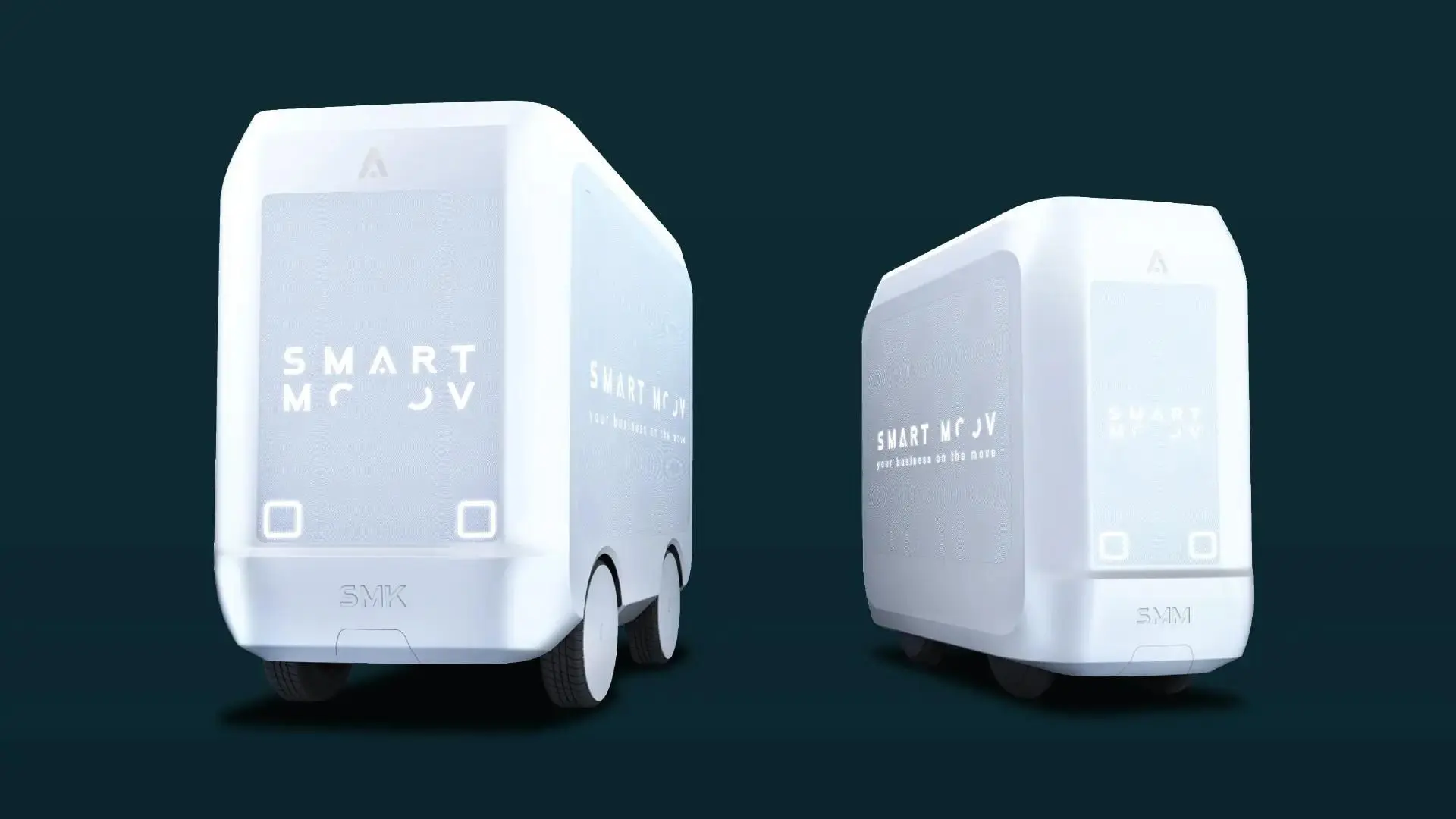This futuristic e-Mobility concept proposes an inclusive way to move through cities

The Stria project imagines an e-Mobility device that can be transformed to meet a wide variety of users’ needs.
The future of mobility is two-wheeled and most likely shared—that is if the recent explosion of e-scooters onto the scene is anything to go by. Offering a zero-noise, zero-emissions alternative to traditional transportation, they have swept across cities in recent years as part of new and affordable ride-sharing platforms. But current systems, which are often targeted at a younger, more active demographic, are far from perfect. That’s where Stria comes in…
Addressing the rise of ageing population in her native Hong Kong, industrial designer Cathy Wong has envisioned an inclusive e-Mobility concept based on a transformable electric mobility device (EMD) with multiple functions. As such, it can be used by a wider range of demographics than most e-scooter on the market.

Four different modes meet the needs of different users
The backbone of the concept is the EMD’s ability to switch between four modes for different activities and mobility levels: Sport, Commute, Support and Companion mode.
Sport mode lets users ride Stria like a skateboard; Commute mode, which is similar to existing platforms, can be ridden like a kick-scooter; Support mode is similar to Commute but features a foldable seat; Companion mode lets users fold Stria into a trolley-like shape with a small footprint for carrying on public transport.
To make transitioning between different modes a seamless experience, Wong has incorporated an auto adjustment function that scans users to capture their body measurements within Stria’s companion app.
Interested in the future of urban mobility? Don’t miss Yves Béhar designs the lightest scooter ever for Unagi: Model Eleven.
The all-important specs?
Because Stria is still a concept there are some important details that are missing including where the battery is in the vehicle and how fast it can go. What we do know, however, is that it sports dual brushless motors. We also know that the design relies on actuator technology, which grants the architecture ten degrees of freedom.
Meanwhile, Stria changes modes seamlessly thanks to a ball joint and a “built-in goose-neck structure” enabling riders to tilt the handle and trigger ‘forward’ and ‘backward’ movement when configuring different modes. Wong has also imagined an auto adjustment function, which would allow users to scan or manually input their body measurements into a companion app.
Stria’s shuttle collection service
What really sets the Stria project aside from other mobility vehicles is the way the EMD is stored. Rather than leaving them lying on the streets, which is another shortfall of other providers, Wong has designed a shuttle-like parking structure to collect the vehicle from its user at the end of their journey.
The expandable parking system, called STRIA Station, is a modular station packed with disinfection functions and double wireless charging walls which save space and improves management efficiency. It also allows for the electric mobility devices to be transferred systematically which creates a park-and-go system with a painless automatic park and call function.
How feasible it is to get to every user at the end of their journey without long wait times is questionable but the design of the EMD itself is not. The Stria concept exposes what’s missing from current ride-sharing platforms, in particular their lack of consideration for different types of users.
Wong came up with Stria as a potential solution to Hong Kong where the percentage of the population aged 65 years and above has grown at an average annual rate of 2.98% since 1971. In 2020, the percentage was 18.2% compared to 4.3% in 1971. But Stria also helps to address the needs of people that are less mobile, which is a demographic that needs recognising globally.
It’s personal yet flexible, providing inclusive mobility networks and contributing positively to the future of urban travelling.
With so many electric scooters entering the market, it’s important to include features that make them stand out from the rest. Check out LYNX focuses on safety where other e-scooters fail to.
















